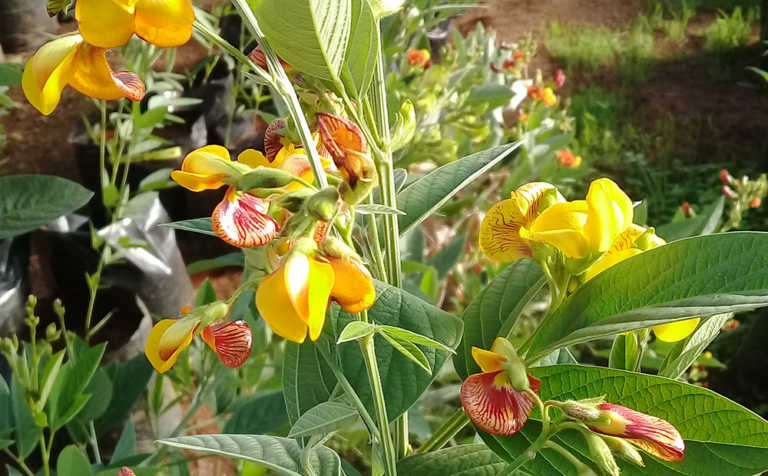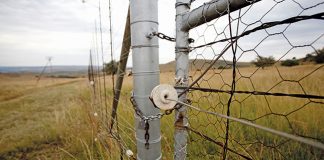
Photo: Agricultural Research Council
Mofokeng said the pigeon pea could play an important role in sustaining the livelihood of poor rural African populations. In recent years, there had been an increased demand for nutritional foods rich in proteins, vitamins and essential minerals on the continent.
“The pigeon pea is made up of 18% to 26% protein. Some of the wild types have a protein content of 30% and above. It is also a rich source of minerals such as potassium, phosphorus, calcium, magnesium, sodium and zinc,” she said.
Nutritionally, pigeon pea contains more minerals, ten times more fat, five times more vitamin A and three times more vitamin C than ordinary peas and other food legumes such as cowpea and chickpea.
According to Dr Kingstone Mashingaidze, who also researches the crop at ARC Grain Crops, the pigeon pea is a minor crop in West Africa, and an important crop in countries such as Benin, Nigeria and Ghana.
In South Africa, it is produced in Limpopo, Mpumalanga and KwaZulu-Natal in domestic gardens.
India and Myanmar are the world’s main pigeon pea producers. Malawi, Tanzania, Kenya and Uganda are the main producers in Africa.
The pigeon pea is a pulse crop that is able to tolerate harsh conditions, Mashingaidze said. Its ability to withstand drought makes it an ideal crop for smallholder farming.
It has a deep taproot system with which to withdraw water and nutrients, which helps the plants survive during periods of drought. Like most other leguminous crops, the pigeon pea has root nodules which help to improve soil quality by means of atmospheric nitrogen fixation.
Due to this, it is cultivated in intercropping systems with maize and sorghum, cutting the need for commercial nitrogen and phosphorus fertilisers.
In Africa, farmers generally grow unimproved and heterogeneous landraces in seed mixtures that hold distinctive and divergent genetic features.
“For example, the perennial pigeon pea types provide material for fuelwood, basket weaving and roofing in African villages. The full genetic diversity of the crop nevertheless remains largely unexploited in Africa,” Mofokeng added.












